Visit The Millions Dollar Tree: The Symbol of Successful Commercials
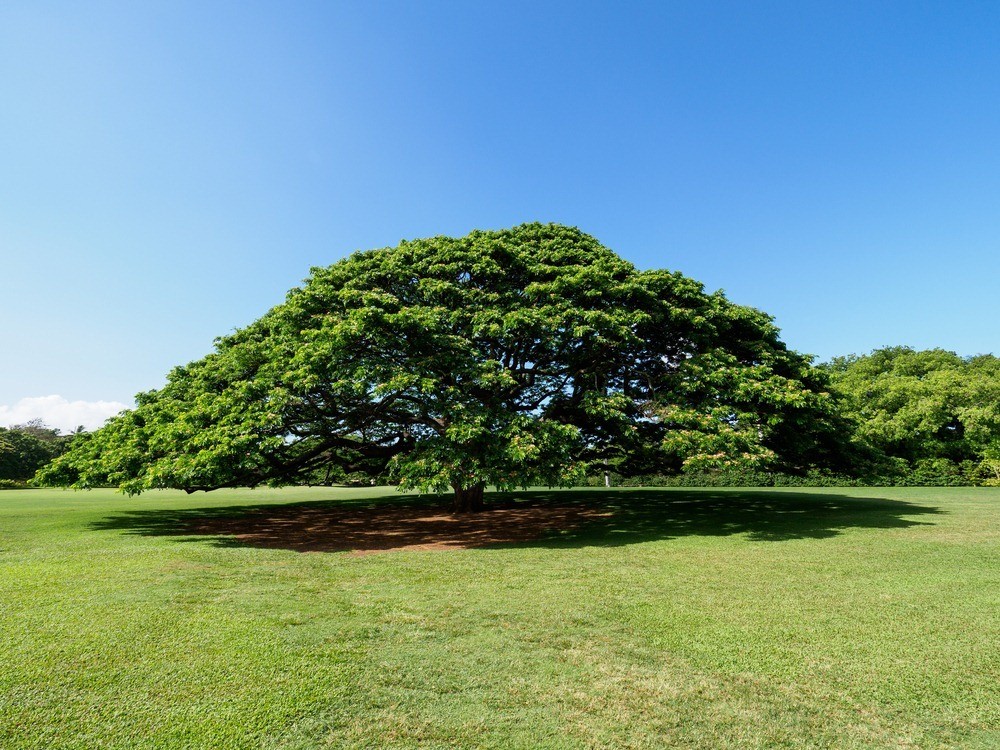 |
| Amusing Planet |
The symbol of the Japanese concern "Hitachi", one of the largest manufacturers of electronics and technology, a tree with a huge crown, actually exists, but does not grow in Japan. And this is not just a representative of the species, but a specific plant, which is more than 100 years old and which is protected by law.
They call it that - the Hitachi tree, it has been considered a symbol of the company's prosperity since 1973. The tree is located in Moanalua Park in Honolulu, Hawaii.
This tree, a beautiful, large monkeypod, with a distinctive umbrella-shaped canopy, grows in the middle of a grassy area in the middle of the park. The tree is estimated to be around 130 years old and its grand canopy provides shade over an area 40 meters in diameter. The city of Honolulu has designated this tree as a tree of historical significance and has protected it as such. It is also one of the most beloved corporate symbols in Japan.
“An Important Symbol of Hitachi”
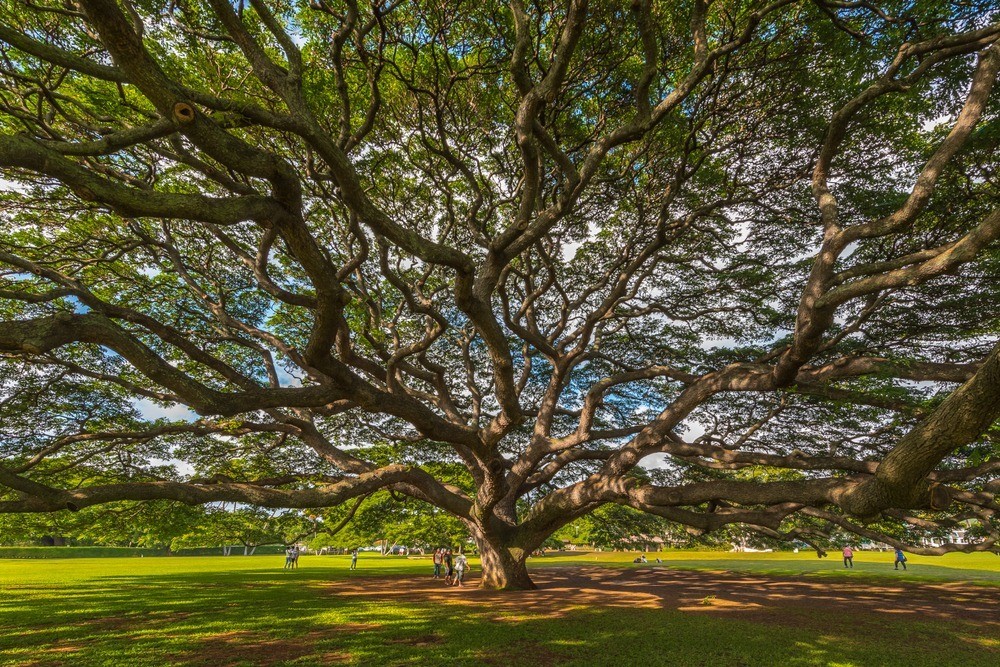 |
| Photo: Shutterstock |
Since 1973, Hitachi Corporation has been using images and footage of this tree—now known as “Hitachi Tree”—as their corporate symbol. According to their website, the tree symbolizes the “comprehensive drive” and the “wide business range” of the Hitachi Group.
“It continues today as an image of the Hitachi Group's working for communities through leveraging of its collective capacities and technologies, and the dedication of the individuals that the Group comprises,” a statement on Hitachi’s website reads. The statement continues: “The tree is widely recognized, especially in Japan, and has become an important symbol of the Hitachi Group’s reliability, and earth-friendliness. It also enhances Hitachi’s brand value as a visual representation of its corporate slogan: "Inspire the Next."”
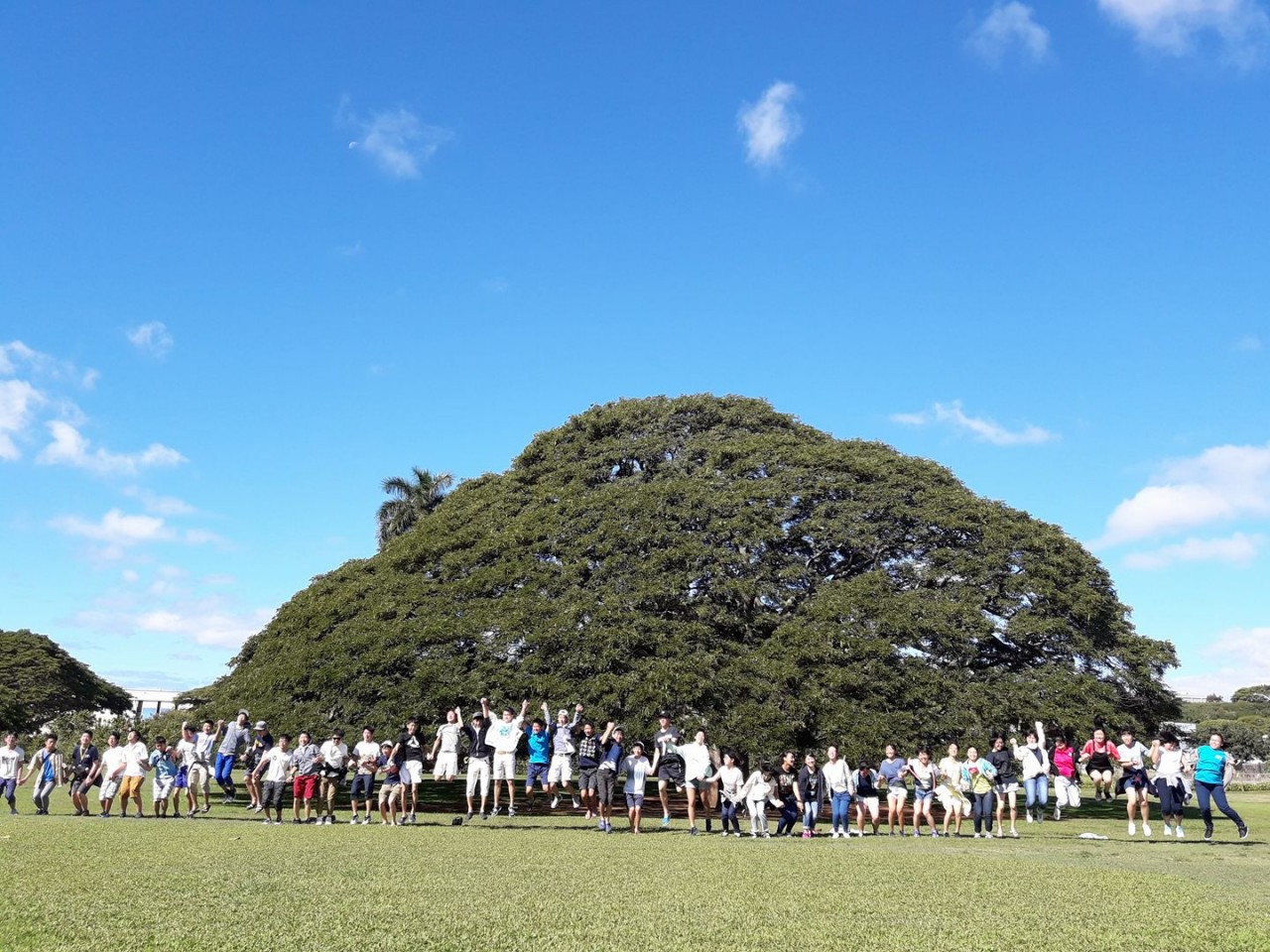 |
| Photo: Wikimedia Commons |
Hitachi is one of the Japan’s biggest companies, and a well-loved and trusted brand. Owing to the company’s wide reach, the Hitachi Tree has became very popular in Japan. Busload of Japanese tourists come to Moanalua Gardens nearly every day to see the tree and have their pictures taken with the tree in their backdrop.
Hitachi originally paid US$20,000 per year to Samuel Damon, the then owner of Moanalua Gardens, for the rights to use the tree’s image in their commercials. After the death of Samuel Damon in 2004, the Gardens were acquired by a local corporation called Kaimana Ventures, who negotiated with Hitachi to raise the annual payment to US$400,000. According to Kaimana Ventures, the revenue from Hitachi helps partially cover the US$600,000 annual expenses for the park.
Moanalua: a Hawaiian park planted by a Scottish gardener
Moanalua Park is part of the history of Honolulu, formerly the capital of the Kingdom of Hawaii. In 1884, a large tract of land that once belonged to the first royal dynasty of Hawaii, Kamehameha, was inherited by Samuel Damon, a wealthy Hawaiian businessman.
Samuel Damon rebuilt and settled in Prince Lot's cottage, the summer residence of the last Crown Prince of the family. After a trip to the UK, where he admired gardens and parks, the art of English gardeners, Damon thought about creating an original park on his estate. He meets the landscape designer McIntyre in Edinburgh and invites him to Honolulu.
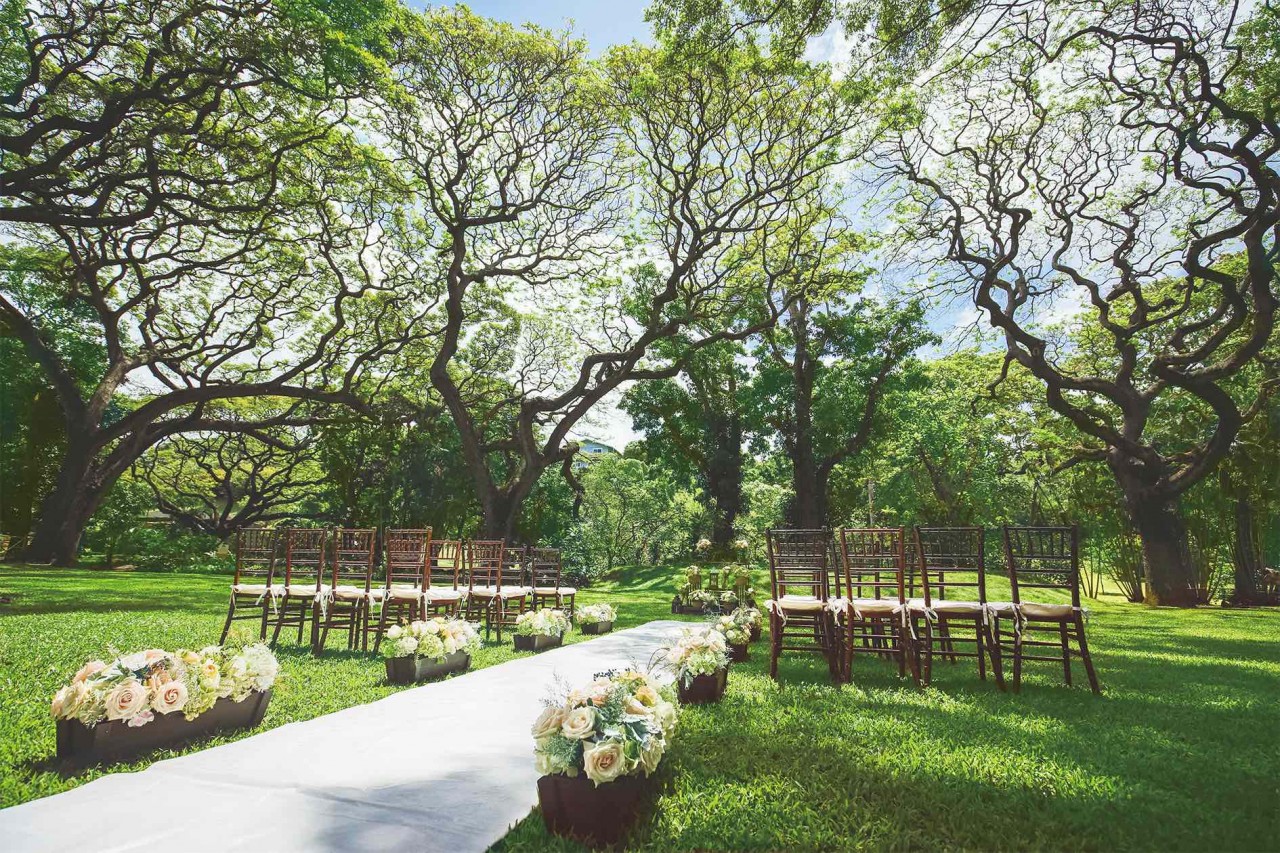 |
| Photo: WedElf |
Hawaii is halfway from America to Asia. McIntyre was to create a multi-faceted park, using mostly local plant material. Damon wanted to preserve the distinctiveness of the Hawaiian corner of nature and add to it the achievements of Asian park culture.
For the Hawaiian side of the park, a local straw hut was rebuilt and several more were built. Specialists from Japan and China were invited to build the Japanese and Chinese pavilions. The park became a favorite walking spot for Honolulu residents, and festive events were held here.
Samuel Damon was a banker, his bank financed the construction of the first railway on the island. The first stop on the route from Honolulu was Moanalua Park, which increased the flow of visitors.
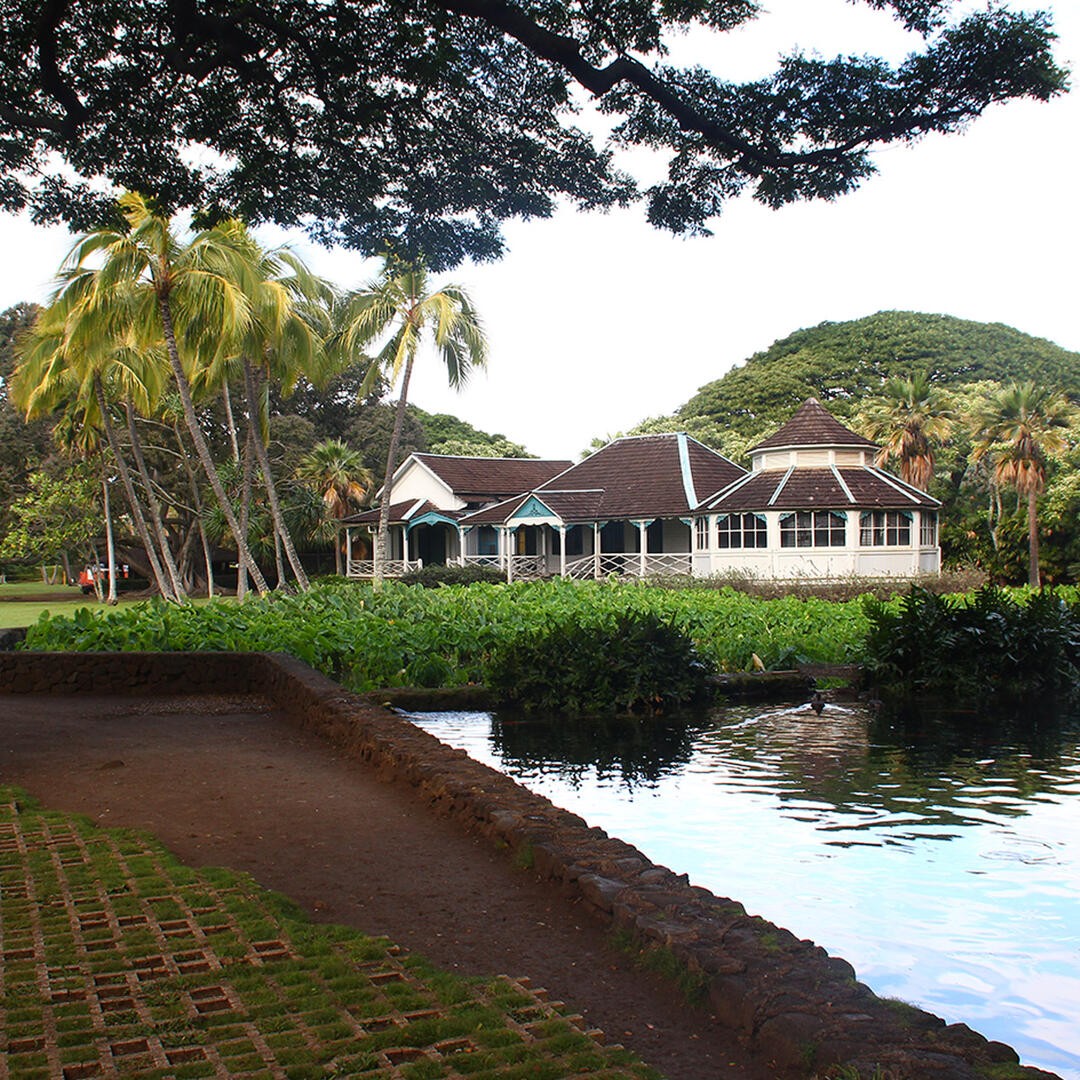 |
| Fotospot.com |
After Damon's death, plots of land on his estate were slowly sold by heirs, the park was reduced. The latest sale of high-rise buildings already threatened park buildings. In the middle of the 20th century, the park again needed a landscape designer. Paul Weissich, with the utmost care, moved the 19th century park buildings to the rest of the territory, renovated them and built a traditional Chinese pond in front of the Chinese Hall with colorful koi carps. Weissich also renewed the vegetation of the park, leaving the trees planted by McIntyre.
Honolulu is the center of world tourism, and now there is no need to artificially attract visitors to Moanalua Park: tourists are well aware of it. The park became famous for the Hawaiian hula dance festival, which was once banned under pressure from the Christian church. And most importantly, the Hitachi tree grows here, and every Japanese tourist is simply obliged to take a picture against its background.
Kamehameha V Cottage
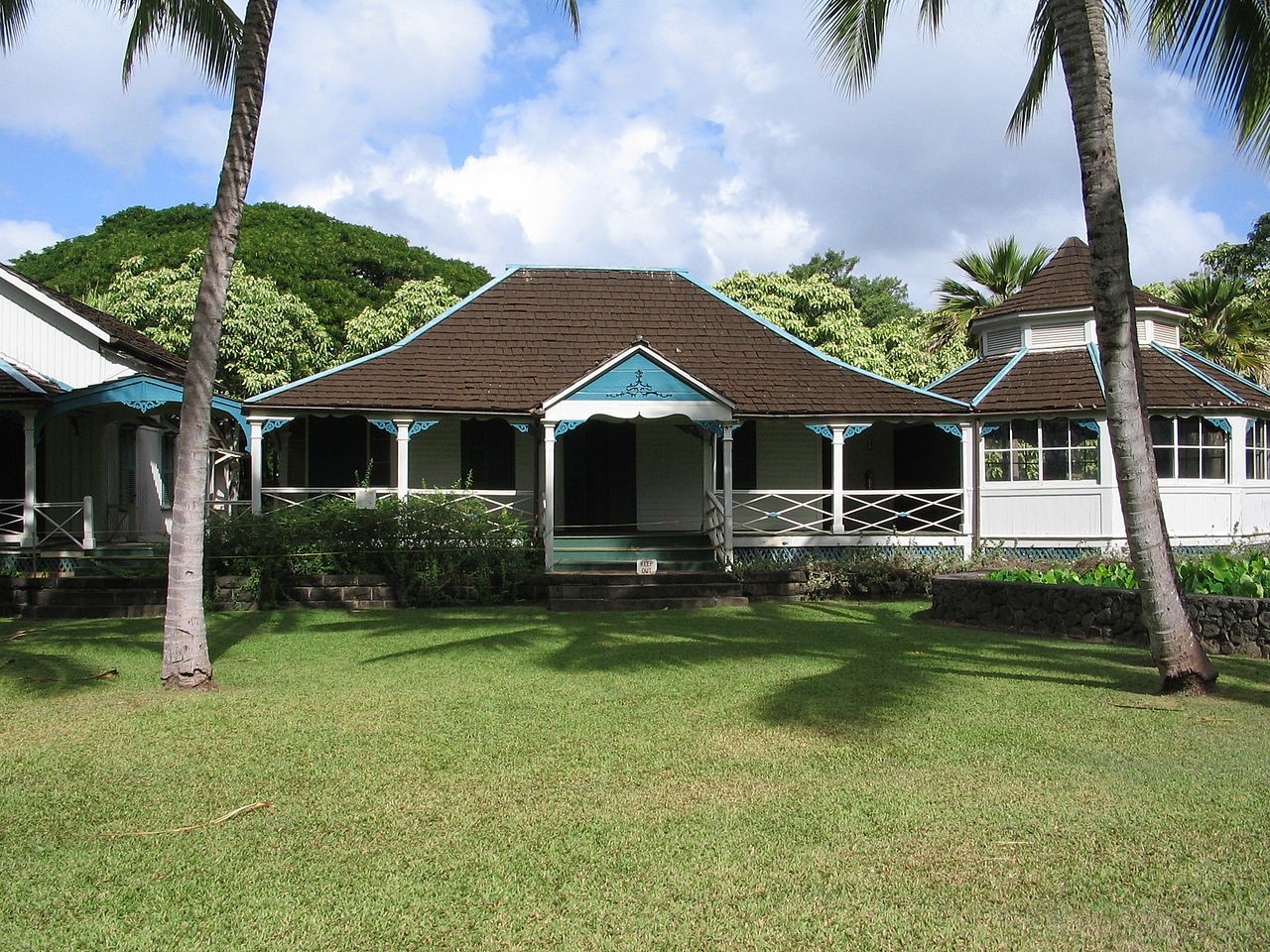 |
| Photo: Wikimedia Commons |
The Kamehameha V Cottage, located at the western end of the garden, was originally built in the 1850s by Prince Lot Kapuāiwa, who would later become King Kamehameha V. The three separate units of the cottage (a kitchen and dining room unit, a living room/bedroom unit, and an entertainment unit) are connected via a series of roofed porches.
Princess Bernice Pauahi Bishop willed the cottage, along with the rest of the ahupuaʻa (traditional land division) of Moanalua to Damon when she died in 1884. Damon renovated the cottage and used it as a residence. The cottage was moved to its present location in 1960; it had been in three locations in Moanalua before then.
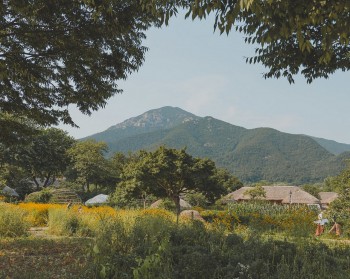 | South Korea: Explore Beautiful Acient 700-Year-Old Folk Village Naganeupseong is the only remaining Joseon Dynasty walled town in Jeollanamdo, with its ancient, peaceful beauty and historical sites attract many adventurous visitors to come ... |
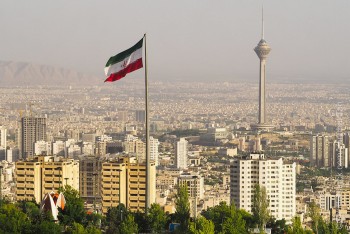 | 10 Least Powerful Passports In The World In 2021 Henley Passport Index has released World's least powerful passports in 2021, with Iran, Lebanon, Sri Lanka, and Sudan hold the first rank on the passport ... |
 | Top 5 Relaxing Holiday Destinations in 2021 Holidays are for relaxation and have a good time with your family and friends. Take a look at these 5 relaxing holiday destinations for 2021. |
Recommended
 World
World
India strikes back at terrorists with Operation Sindoor
 World
World
India sending Holy Relics of Lord Buddha to Vietnam a special gesture, has generated tremendous spiritual faith: Kiren Rijiju
 World
World
Why the India-US Sonobuoy Co-Production Agreement Matters
 World
World
Vietnam’s 50-year Reunification Celebration Garners Argentine Press’s Attention
 World
World
"Will continue offering our full support to Indian govt": US FBI Director after Pahalgam attack
 World
World
"Great Leader": JD Vance Lauds PM Modi During His India Visit
 World
World
Trump’s Tariff Pause: A Strategic Move from “The Art of the Deal”?
 World
World


